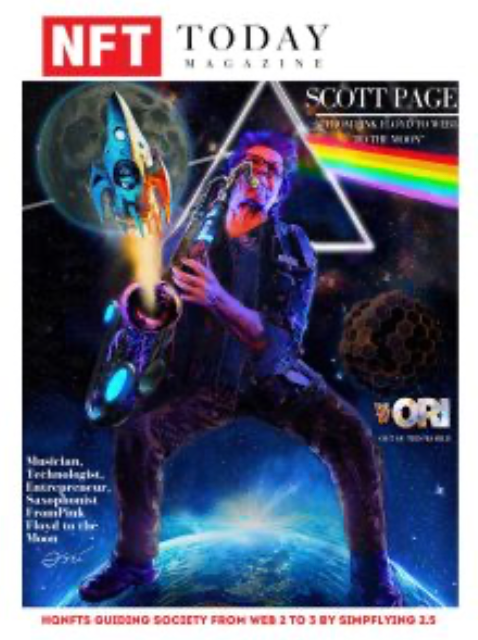Starbucks Odyssey NFTs: A Tale of High Hopes and Hard Landings
Staff Writer • 2024-03-17
The Journey Begins In a bold move to fuse blockchain technology with its loyalty program, Starbucks introduced the Odyssey NFTs on the Polygon network in 2022. This innovative venture was designed to engage customers uniquely - by participating in "Journeys." These activities, ranging from playing games to answering quizzes, promised users more than just a cup of coffee; they offered digital collectibles as rewards. The project kicked off with a bang, with an initial batch of 2,000 NFTs flying off the virtual shelves in mere minutes. It was a clear signal that the appetite for branded digital collectibles was strong, at least at the outset. The Honeymoon Phase and the Subsequent Stumble The initial success painted a rosy picture, suggesting that merging the world of caffeine with that of crypto could be the next big thing. However, as the dust settled and Starbucks attempted to replicate this success, the reception was lukewarm. A subsequent launch failed to stir the same excitement, signaling trouble in paradise. This downward trajectory led to an unfortunate announcement: the Starbucks Odyssey NFT program would be shutting its doors on March 31st, with hints it might reemerge in a new form someday. Unraveling the Mystery of Failure Why did a project that started with so much promise falter? There are a few critical factors to consider: Geographical Limitations One of the glaring issues was the program's availability, restricted solely to the U.S. market. This limitation sidelined a significant portion of Starbucks' global customer base, many of whom might have been eager to participate in the Odyssey. By not tapping into its international audience, Starbucks inadvertently capped the project's growth potential. The Utility Question The allure of any NFT fundamentally lies in its utility - what it can be used for beyond mere ownership. Unfortunately, the Odyssey NFTs struggled to offer compelling value or utility beyond being digital tokens. Without meaningful applications or benefits, these digital assets lacked the depth needed to sustain long-term interest. A Misalignment with Web3 Values? Another perspective to consider is whether Starbucks' approach truly resonated with the core Web3 community. The entry of big brands into the decentralized space is often met with skepticism, primarily if the ventures appear to lack a deep understanding of or commitment to these new digital landscapes' principles and practices. The Odyssey might have been seen as a superficial foray rather than a genuine integration into the Web3 ethos. Reflections and Looking Forward Starbucks' attempt to navigate the complex world of NFTs and blockchain was ambitious and, initially, seemingly successful. However, the subsequent decline and closure of the Odyssey program highlight the challenges traditional companies face when entering the Web3 domain. The Odyssey's failure underscores the importance of global accessibility, tangible utility, and authentic engagement with the community's values. As Starbucks hints at a possible return, the lessons learned from this venture could pave the way for a more informed and effective approach. For other brands eyeing the Web3 space, the Odyssey serves as a cautionary tale and a source of valuable insights. In the fast-evolving digital landscape, adaptability, deep community engagement, and genuine utility are key to capturing and sustaining interest. Whether Starbucks' NFT project marks a temporary setback or a crucial learning curve remains to be seen. What's clear is that the intersection of technology and tradition is fertile ground for innovation, albeit fraught with pitfalls that demand careful navigation.
See More Posts
A look at how NFTS, Web 3, Gaming, Cryptocurrencies and Blockchain are reshaping businesses across the globe.
@NFT Today Magazine


